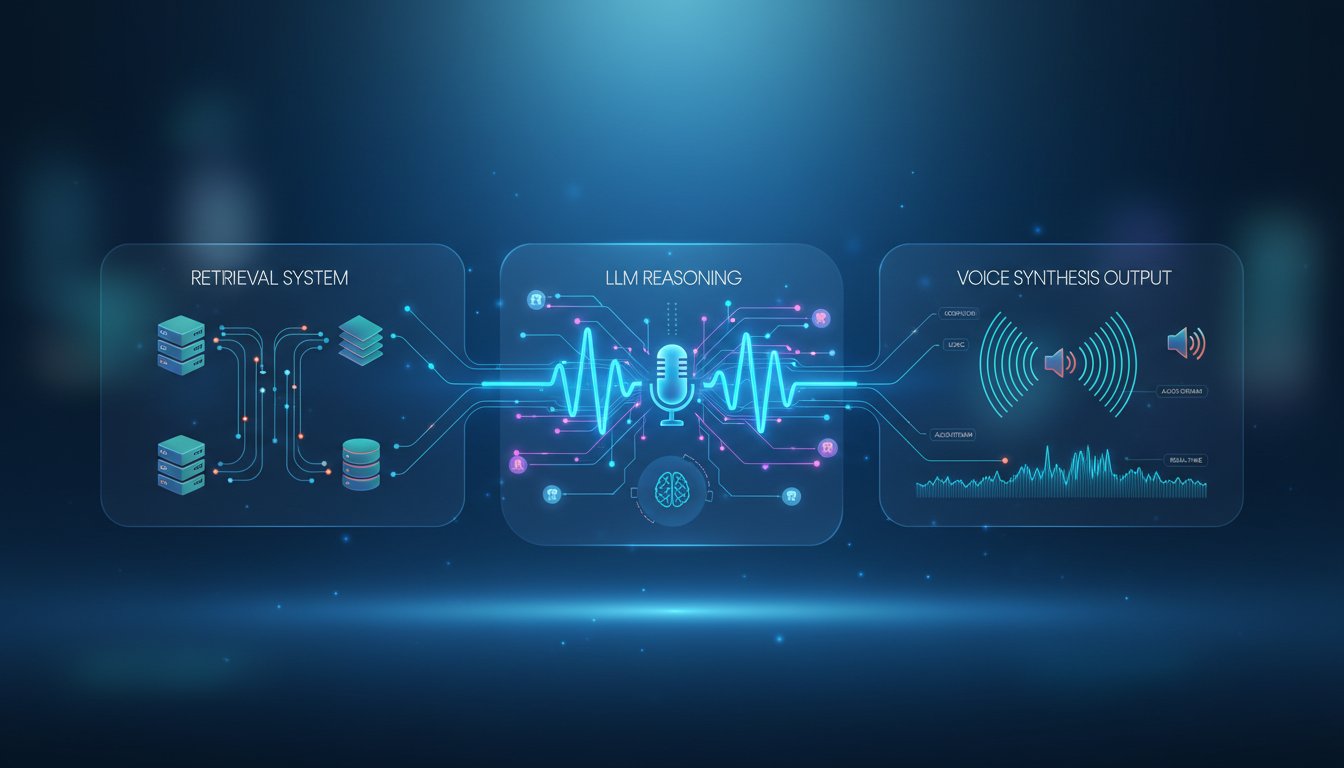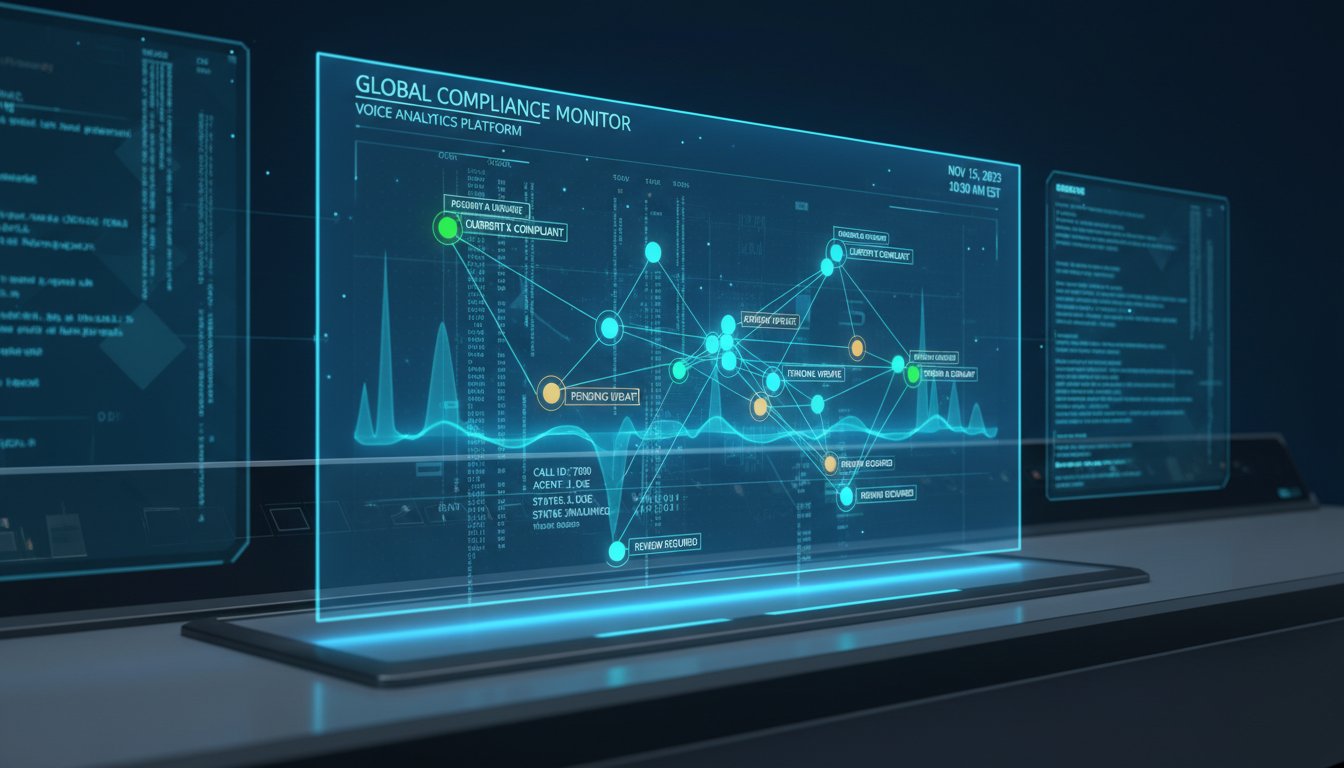The notification chime rings again. It’s another support ticket in the HubSpot queue, one of dozens that have flooded the dashboard before lunch. Your customer service team, dedicated and hardworking, is typing as fast as they can, but the backlog is relentless. They rely on text-based snippets and canned email responses—efficient, yes, but impersonal. Every automated reply feels cold, a blunt reminder to the customer that they are just another number in a queue. This is the core challenge of scaling customer support: how do you maintain a personal, human touch when faced with an inhuman volume of inquiries? How do you make a customer feel heard and valued when you can’t possibly speak to every single one of them individually?
The answer doesn’t lie in hiring more agents or demanding faster typing. The solution lies in fundamentally upgrading the medium of your automated communication. Imagine if, instead of a sterile auto-reply, a new ticket immediately triggered a calm, empathetic, and hyper-realistic voice message. A voice that could acknowledge the customer’s specific issue, confirm their ticket has been received, and assure them that a human expert is on the case. This isn’t science fiction; it’s the powerful integration of HubSpot’s robust CRM capabilities with ElevenLabs’ industry-leading voice AI. By bridging these two platforms, you can build an automated system that doesn’t feel automated at all, creating a superior customer experience that fosters loyalty and trust from the very first interaction.
This article is a technical, enterprise-grade walkthrough for doing exactly that. We will guide you step-by-step through the process of building an AI-powered voice agent directly within your HubSpot environment. We’ll cover everything from the initial API setup to creating automated workflows that trigger personalized voice responses. You will learn how to transform your HubSpot instance from a silent ticket manager into a proactive, voice-enabled customer service powerhouse, ensuring every customer feels personally acknowledged, instantly.
The New Standard for Customer Experience: Why Voice AI is Non-Negotiable
The landscape of customer interactions is undergoing a seismic shift. Customers today expect more than just solutions; they expect speed, personalization, and empathy. Standard text-based automation, while scalable, often fails on the empathy front, creating friction and dissatisfaction. Voice AI is emerging as the critical technology to bridge this gap, re-introducing a human-like element into digital communications.
The recent partnership between ElevenLabs and SharpenCX to deploy AI voice agents in contact centers is a powerful signal of this market evolution. Jack Piunti, GTM Lead at ElevenLabs, noted their excitement that SharpenCX is the first to deploy their agents in a customer contact platform. This move underscores the an enterprise-level push towards more sophisticated, human-like automated support systems. For businesses using platforms like HubSpot, this isn’t a distant trend—it’s an immediate opportunity to gain a competitive edge.
Step 1: Setting Up Your Foundational Environment
Before building the integration, you need to ensure both your HubSpot and ElevenLabs accounts are prepared. This foundational step is critical for a smooth development process.
Configuring Your HubSpot Account
To build this integration, you’ll need a HubSpot account with access to Workflows, which is available in the Professional and Enterprise tiers of all Hubs (Marketing, Sales, Service, etc.). You will also need administrative privileges to create and manage these workflows and access developer settings. Ensure your Service Hub is properly configured to manage support tickets, as this will be the trigger for our voice agent.
Getting Your ElevenLabs API Key
Next, you’ll need an ElevenLabs account. Once registered, you can access your API key from your profile settings. This key is your secure credential for authenticating requests to the ElevenLabs API.
- Sign Up: Go to the ElevenLabs website and create an account.
- Find Your Key: Navigate to your Profile or Account Settings section.
- Copy Securely: Your API key will be displayed there. Copy it and store it in a secure location, like a password manager or an environment variable file for your project. Never expose this key in client-side code.
Step 2: Building the Bridge Between HubSpot and ElevenLabs
The most effective way to connect HubSpot and ElevenLabs is by using HubSpot’s webhook functionality within a workflow. When an event occurs in HubSpot (like a new ticket), it will send a data payload to a unique URL. We will set up a serverless function to ‘catch’ this data, process it, and use it to generate a voice message with ElevenLabs.
Creating a HubSpot Workflow and Webhook Trigger
Inside your HubSpot portal, navigate to Automation > Workflows and create a new workflow from scratch.
- Set the Enrollment Trigger: Choose a trigger based on ticket properties. A common trigger would be “Ticket Status is New” or when “Ticket create date” is known. This will enroll any new support ticket into your workflow.
- Add a Webhook Action: Click the ‘+’ icon to add an action and select “Send a webhook.” A dialog box will appear. Here, you will paste the URL of the serverless function you’ll create in the next step.
Writing the Serverless Function to Handle the Logic
A serverless function (using a provider like AWS Lambda, Google Cloud Functions, or Vercel Functions) is the perfect intermediary. It’s a cost-effective and scalable way to run the code that connects our two services. While the specific deployment process varies by provider, the core logic of the code remains the same.
Here’s a conceptual overview of the steps your function (written in a language like Node.js or Python) will need to perform:
- Receive and Parse HubSpot Data: The function’s first job is to accept the HTTP POST request from the HubSpot webhook and parse the JSON payload it contains. This data will include the ticket ID, customer contact information, and the subject/body of the ticket.
- Construct the Voice Script: Using the data from HubSpot, create a dynamic, personalized script. For example:
"Hello [Customer Name]. We've received your support request regarding '[Ticket Subject]'. Our team is reviewing it now, and you can expect a personal follow-up shortly. Your ticket ID is [Ticket ID]. Thank you for your patience." - Call the ElevenLabs API: Make an authenticated POST request to the ElevenLabs Text-to-Speech API endpoint. The request body should include the script you just created, your chosen voice ID, and any model configuration settings.
- Handle the Audio Response: The ElevenLabs API will return an audio file. Your function can then decide what to do with it. For this use case, you might upload it to a cloud storage bucket (like Amazon S3) and get a public URL for the audio file.
- Update the HubSpot Ticket (Optional but Recommended): To close the loop, use the HubSpot API within your function to update the original ticket. You could add a private note for your support agents containing a link to the generated audio file, providing valuable context that an automated voice response was sent.
Step 3: Use Cases and Advanced Customization
With the basic integration in place, you can expand its functionality to cover various customer service scenarios, creating a truly dynamic and responsive system.
Instant Ticket Acknowledgment
This is the primary use case. The moment a customer submits a ticket through any HubSpot-connected channel (email, form, etc.), the workflow triggers a warm, professional voice message confirming that their request is in the queue and being processed. This immediate, personal touch sets a positive tone for the entire support interaction.
Proactive Voice Status Updates
Don’t limit voice messages to just ticket creation. Create separate workflows that trigger when a ticket’s status is updated to “Waiting on us” or “Resolved.” A brief, automated voice call or message saying, “Hello, a quick update on your ticket… we’ve just resolved the issue. Please let us know if you need anything else!” is far more impactful than a simple email notification.
Personalizing the Voice and Tone
ElevenLabs offers a vast library of voices and the ability to clone your own. You can take this integration to the next level by using different voices for different situations. Use an upbeat, energetic voice for sales inquiries and a calm, reassuring voice for technical support issues. This level of customization demonstrates a deep commitment to the customer experience and brand consistency.
In a world of automated text and impersonal chatbots, a human-like voice is a powerful differentiator. The overwhelmed service desk from our opening story can now be transformed into a hyper-efficient, yet deeply personal, customer experience engine. By connecting HubSpot with ElevenLabs, you are not just closing tickets faster; you are building stronger relationships, fostering loyalty, and creating brand advocates from the very first point of contact. You have the roadmap to revolutionize your customer service in HubSpot. To get started with the most realistic AI voices on the market, try ElevenLabs for free now.




